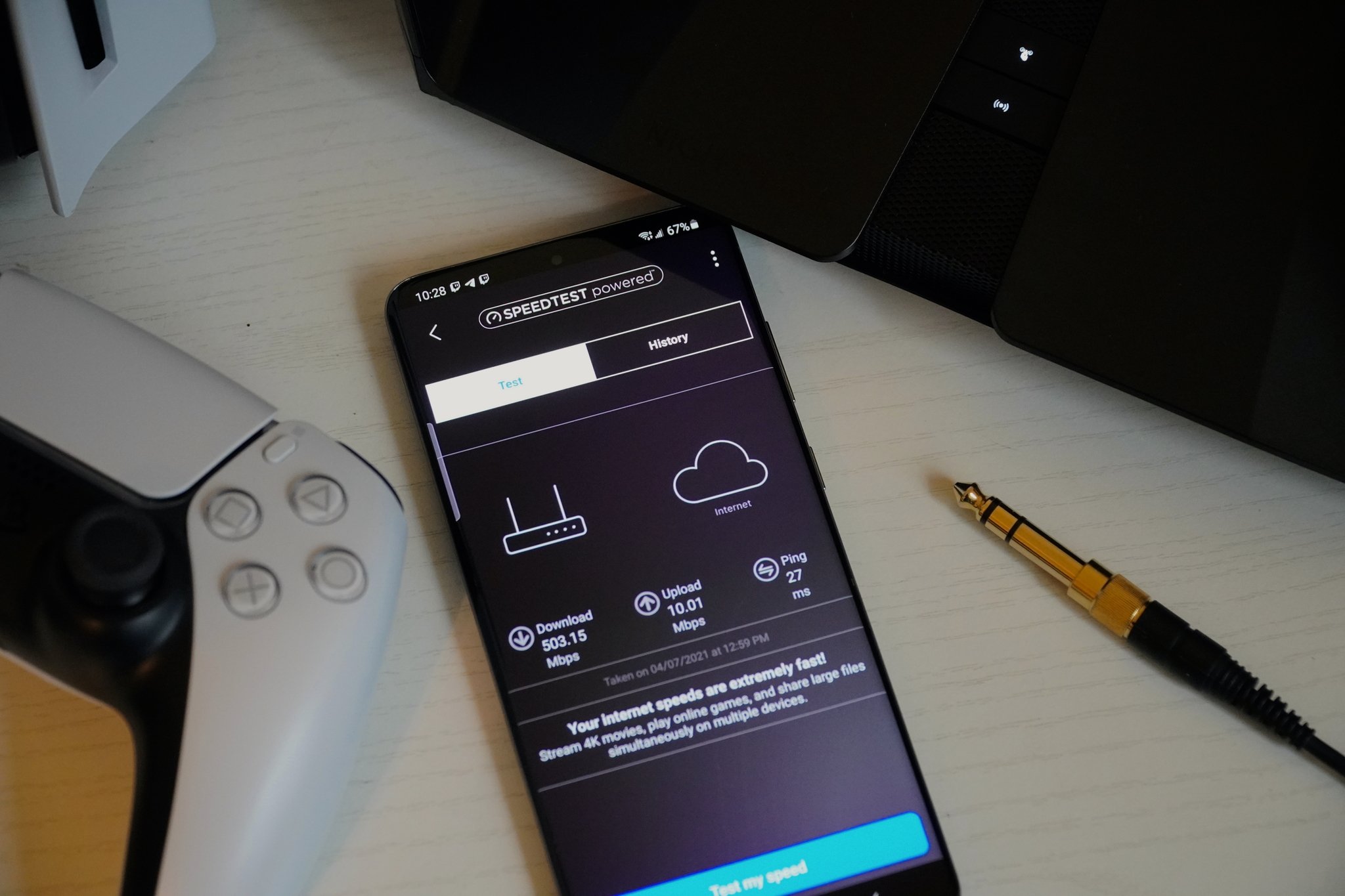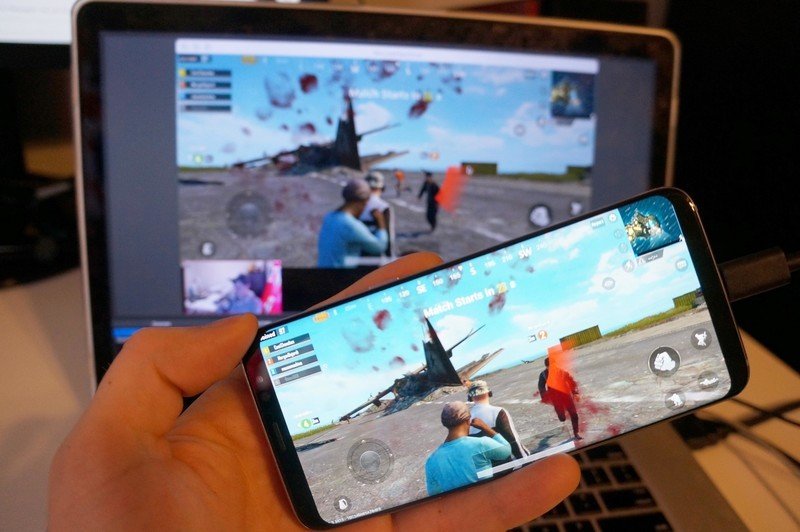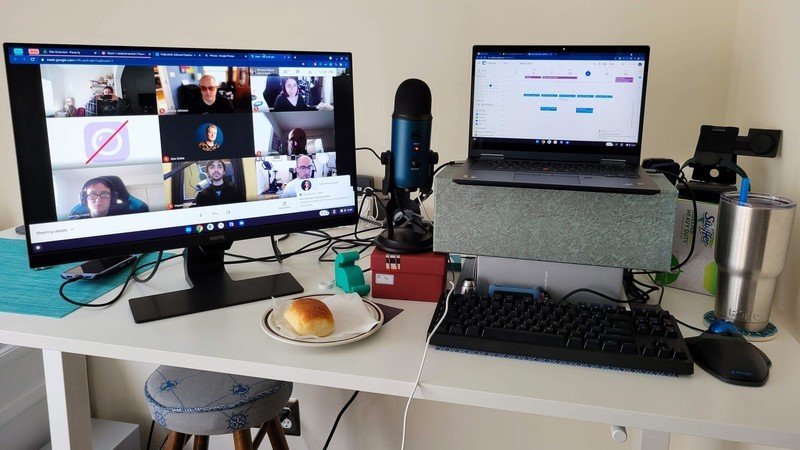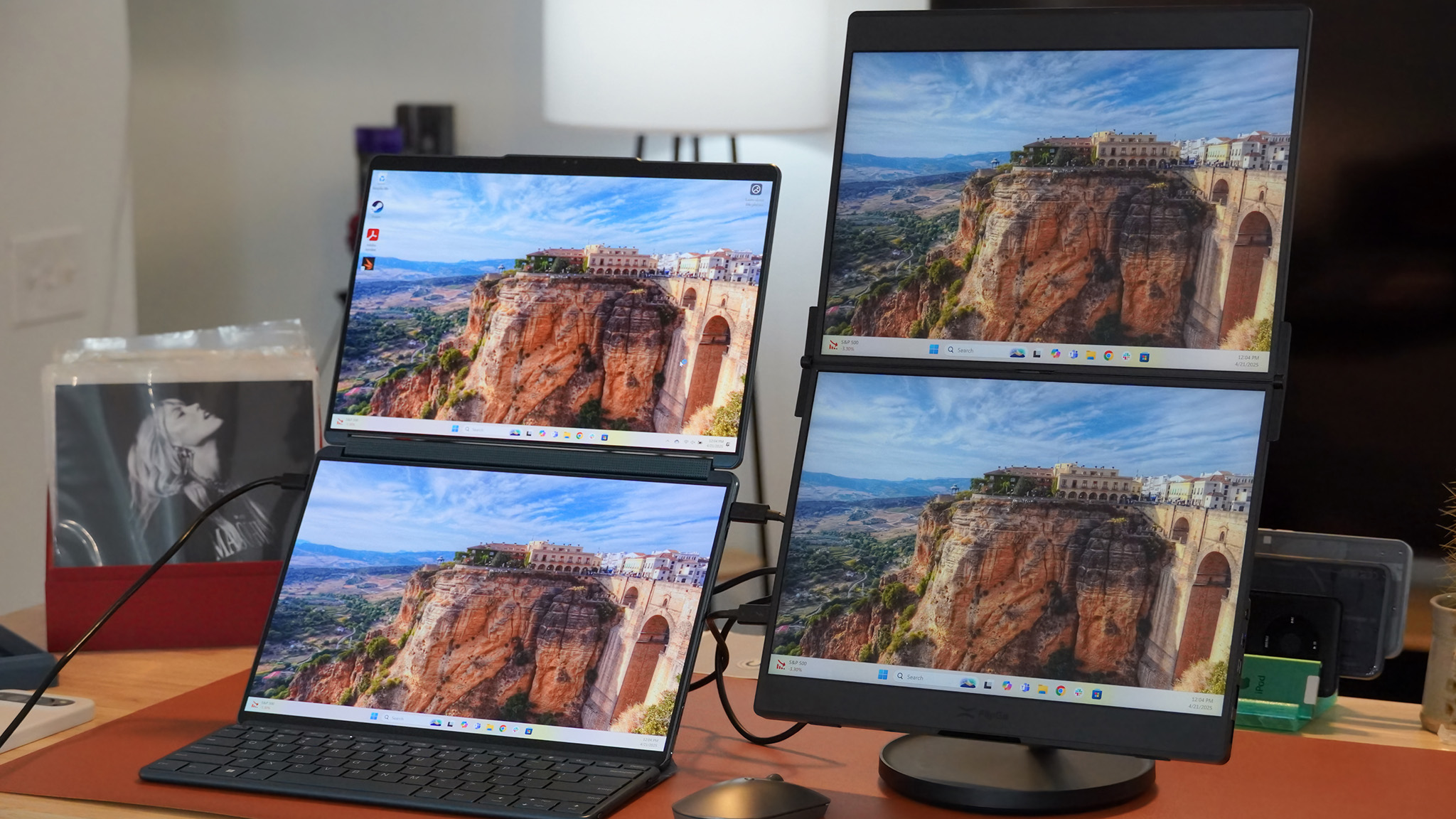How slow upload speeds affect Android users

We don't talk about upload speeds much, but there are several key ways how slow upload speeds affect Android users. When you shop for an internet package or check your connection speed, most people look at the download speed, and there's a good reason for this. Download speeds are the most important aspect of your connection as most of what most people do online is consume media. Watching videos, scrolling through Instagram, or even downloading a new game uses almost exclusively your download speed.
What is my upload speed?
Data coming to your device from the internet is a download, whether in an app or a web browser. Since this is most of what we consume, internet service providers (ISPs) often dedicate more of their resources to downloads. While this move makes a lot of sense, the split has become so out of balance on some providers that it hurts the usefulness of the connection.
If you have a fiber connection, your download and upload speeds are likely very close to 1:1. A gigabit fiber connection will get up to 1000Mbps down and 1000Mbps up for most home connections. Even if you choose a slower connection on fiber, your upload speeds are likely very close to your upload speeds.
Cable is another story altogether, and even as cable companies like Comcast, Cox, and Spectrum offer gigabit speeds, there's a big catch. For its fastest gigabit plan on cable, Comcast has 35Mbps upload speeds and lower speeds on its slower plans. As discovered by Ars Technica, Comcast doesn't even tell you the upload speeds on its plans until late in the check out process. Spectrum and Cox have nearly identical upload speeds though Cox will show you on the main page.
If you're not sure of your plan's upload speed, you can check your bill or run a speed test. The Speedtest and Fast apps on Android will both show you your upload speed. Many cable customers will see speeds around 10Mbps and up to 35Mbps with an upgraded plan. Some ISPs like Mediacom offer up to 50Mbps, so there is no hard rule. Most people will get 10Mbps or less from a cable ISP.
If you're struggling to get close to either number you pay for, it may be time to check out one of the best Wi-Fi 6 routers to upgrade your home network. You could also test your speed by plugging a computer directly into your modem with an Ethernet cord.
Why does it matter?
Many of us are getting by just fine on our current upload speeds, and really, many of the apps we use have been tailored to this environment. One of the first places we might notice slow upload speeds is in our backups. Most of the best cloud backup solutions will back up your data in the background and only when it makes sense. That is, if your phone is plugged into power and connected to Wi-Fi, depending on your personal settings.
Be an expert in 5 minutes
Get the latest news from Android Central, your trusted companion in the world of Android
This works fine and puts most of the strain on the network away from peak times, likely when a lot of people are sleeping. The issues become apparent when you want to use the sharing features of these apps. For example, if you want to share an album or video with someone on Google Photos, it won't be available until the app has completed the upload task. A photo will be in the range of 2-4MB and will take a 10Mbps connection around 2-5 seconds to upload. A one-minute 1080p video is around 90MB and will take 1-2 minutes for an upload.
If you've been out taking a lot of photos and videos, it can be quite a while before you're ready to share them. This is further exacerbated if you shoot raw photos or 4K videos.
For a bit of reference, 1MB (1 megabyte) is one million bytes of data, and 1Mb (1 megabit) is one million bits of data. Thus, there are 8 bits in a byte. Files are mostly measured in bytes, while transfer speeds use bits. There are several reasons why this is, and only some of them are marketing. The most important thing to remember is that if you sign up for a 500Mbps connection, you aren't signing up for 500MB/s even if the ISP deceptively writes it in all caps.
This upload performance will also affect posting photos and videos to social media like Instagram or Twitter. Those services usually aren't as big of a deal due to reducing the quality of the file and only uploading one at a time.

Finally, Twitch and Youtube live streaming can be greatly affected. While a maximum Twitch stream is only 6Mbps, you need to build in a bit more headroom for the rest of your devices.
For example, if you're streaming online games, those games will need to use your upload connection as well, and if you're hitting the upper limits of the connection, you could see more latency spikes. That means lag in your game and dropped frames in the stream. So naturally, you could drop your stream quality to compensate, but in 2021, a broadband connection should be able to cope with 6Mbps without breaking a sweat.
If you share your internet connection with a roommate, things can get even worse. For example, my previous 10Mbps upload plan on Cox couldn't maintain a 6Mbps 1080p Twitch stream with two people playing Master Chief collection and chatting in Discord.
Whether you're just streaming to keep in contact with some friends or intend to stream professionally, you should shop by upload speed, not download. Unfortunately, many ISPs like mine only include faster upload speeds with the most expensive gigabit plan.
Working from home

If you work from home, you can also get hit by slow speeds. Video conferencing is the norm for work-from-home professionals, and you can tell when someone's connection isn't up to the task. It's not that important if you're just trying to show a friendly face in a call, but things can go downhill fast as soon as you share your screen or present in a meeting. One of the key steps to fix video problems in Google Meet is to make sure you have a fast enough upload speed.
Video production is also greatly affected by these issues. An Android Central video for our YouTube channel is often only around 1GB, but the project files that need to be uploaded can add up to 100GB easily. If you have access to fiber, it's not a big deal, but if you're stuck with a slow provider, you are looking at hours of uploading. That means the rest of your internet usage is slowed down, you spend more money on electricity, leaving your computer fully powered on, and you can't get to work editing as quickly as you'd like.
Can things improve?
With DOCSIS 3.1, we have the technology to bring more people faster connections on cable, but ISPs will need to upgrade their networks to take advantage of this new tech. With the current tech, they would need to allocate resources from other places, reducing top download speeds or changing the way TV works on cable lines. So the best long-term solution is to bring fiber to as many homes as possible.
5G can also fill in some gaps with mmWave connections capable of over 100Mbps upload. However, 5G will be less consistent in its speeds and pings as each tower will need to handle traffic from all connected customers.
If you have fiber in your area, it makes a lot of sense to switch, whether it's from a large company like AT&T and Verizon or a smaller local provider. Even if a cable provider can offer similar download speeds to fiber, it's miles off due to upload speeds and latency. In addition, these cable companies have the money to bring faster internet to their customers and will only do so if they're forced to compete.
Are you satisfied with your upload speeds at home or on the go? Have you ever noticed the difference in speed? Let me know below.
When Samuel is not writing about networking or 5G at Android Central, he spends most of his time researching computer components and obsessing over what CPU goes into the ultimate Windows 98 computer. It's the Pentium 3.

